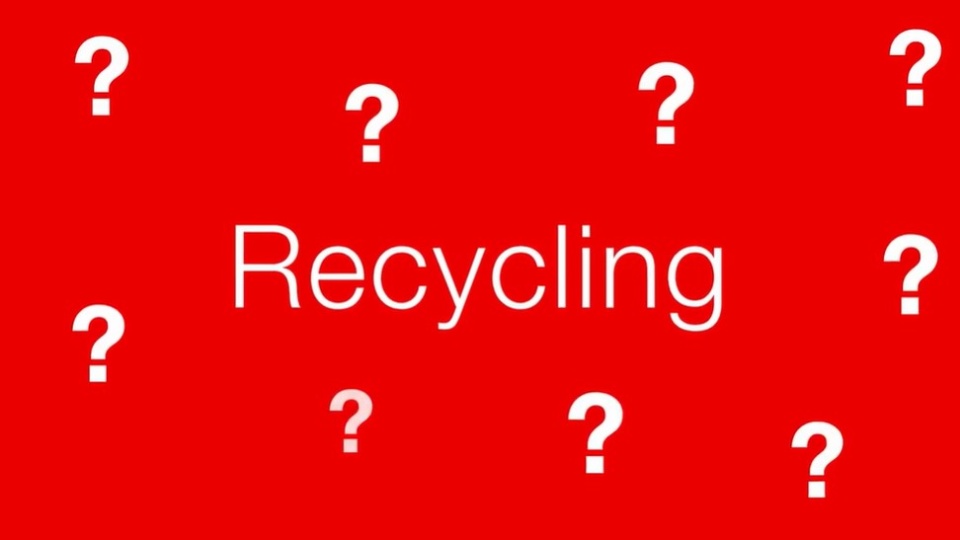Circular Economy and recycling? Enabling customers to achieve more with less
Textiles are becoming an increasingly big polluter. To tackle the growing mountains of used clothing, it is above all European politicians who are developing a comprehensive strategy for a regulating circular economy. And the textiles industry is also making its mark with innovative technologies for recycling manmade fibers. However, there is still a long way to go before we have a sustainable textile world.
According to the European Environment Agency, the consumption of textiles is already the fourth-largest source of negative environmental and climate change impacts within the European Union (EU). A major reason for this is relentless textile growth: the Ellen MacArthur Foundation states that the global production of textile almost doubled between 2000 and 2015. And the annual consumption of apparel and shoes is expected to further rise by 63 percent by 2030 – from currently 62 million to 102 million tons – adds the European Environment Agency.
With this market development in mind, Oerlikon is intensively involved in Worn Again Technologies. The British partnership is focusing on a solvent-based recycling technology, with which both end-of-life textiles comprising polyester and polycotton blends and PET plastics can be converted into circular raw materials and fibers (polyester and cellulose). For this, a large demonstration system for upcycling 1,000 tons of textiles per annum is being created in Switzerland. “We are supporting technological innovators such as Worn Again Technologies because we believe their solution is extremely promising and because they are driving cooperation between the individual producers within the value chain. Recycling only works when all players cooperate in a circular system”, emphasizes Stausberg. He is already looking to the future: “The time for closed-loop strategies and the corresponding sustainable technologies is now – let’s talk about it at ITMA Asia + CITME 2024.”
In terms of sustainability, however, Oerlikon also sets itself high goals. Stausberg: “It is no surprise that we have applied high standards of innovation to our own operations and practices. For several years, Oerlikon has been creating pilot initiatives that we intend to implement company-wide to the greatest extent possible. For example, we are committed to achieving CO2 neutrality in all our locations by 2030 as we have already done at our site in Liechtenstein that provides our blueprint for meeting this commitment. Our goals also include obtaining 100% of our electrical energy from renewable sources and achieving the standard of ,Zero Harm to People’”.
In addition to regulatory initiatives, technical innovation is required to connect the beginning and the end of the linear textiles industry and to close the loop. One decisive circular technology here is fiber-to-fiber recycling. Only a few years ago, this process was used to recycle around just one percent of used clothing worldwide into fibers for new apparel. McKinsey market researchers are now talking about 18 to 26 percent being recycled by 2030 – if the full technical recycling potential is utilized and more textiles are collected. For this, manual processes will have to be automated, clothing waste qualitatively sorted, buttons and zips removed, and fiber compositions unambiguously identified – and all less expensively. Separating mixed fibers still represents an obstacle as well. Finally, the recycled materials must be suitable for the spinning process, provide a usable yarn quality and be able to be further processed, i.e., dyed. Despite these challenges, there are promising solutions on the horizon, even though some processes are not yet ready for commercial exploitation.
Oerlikon Barmag is offering technological solutions for rPET that enable customers to save million tons of CO2 per year. In 2022, Oerlikon Barmag introduced, a homogenizer recycling line specifically for customers in China and Asia where bottle flakes and film waste can be agglomerated, extruded, homogenized and melted to produce polymer melt or chips. It enables the polymer quality of recycled bottles or film waste to be precisely adjusted to the requirements of different downstream extrusion or injection molding processes.
Another rPET solution is the VacuFil system from the Oerlikon Barmag joint venture, BB Engineering. VacuFil is a unique and innovative PET recycling line, uniting gentle large-scale filtration and targeted intrinsic viscoscity (IV) regulation for consistently outstanding rPET melt quality. In 2022, BB Engineering launched a patented key component of the VacuFil system, the Visco+ filter as a separate and easily integrable upgrade component that enables precise IV setting and pure melt with the help of vacuum. IV is the central quality characteristic in PET recycling and rPET processing. It determines the melting performance in the production process and the properties of the end products and is thus essential in the recycling process. The Visco+ process is reliable, verifiable and 50% faster than conventional liquid-state polycondensation systems.
